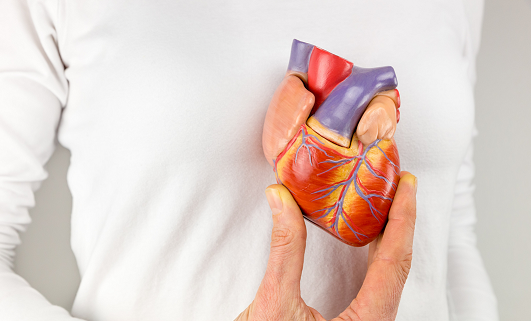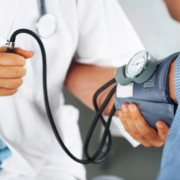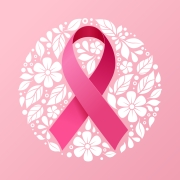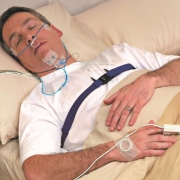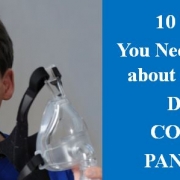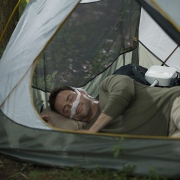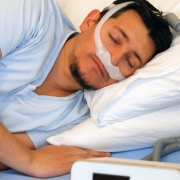4 Important Facts About Sleep Apnea and Heart Disease in Women
4 Important Facts About Sleep Apnea and Heart Disease in Women
While Sleep Apnea is often thought of as a men’s health issue, here are some important facts about sleep apnea and heart disease in women that you need to know.
- Obstructive sleep apnea is thought to be more prevalent than both asthma and adult diabetes, possibly affecting more than 18 million Americans.
- Public health advocates think it may be as big a public health hazard as smoking.
- The National Commission on Sleep Disorders Research estimated that sleep apnea is probably responsible for 38,000 cardiovascular deaths yearly.
- Obstructive sleep apnea increases the risk of heart failure by 140%, the risk of stroke by 60%, and the risk of coronary heart disease by 30%.
What is Sleep Apnea?
Sleep apnea is a serious sleep disorder that occurs when a person’s breathing is interrupted during sleep. People with untreated sleep apnea stop breathing repeatedly during their sleep, sometimes hundreds of times. This means the brain — and the rest of the body — may not get enough oxygen.
- Women’s Hearts are More Affected by Sleep Apnea Then Men’s.
A study found that women with moderate to severe sleep apnea had more than a 30 percent higher risk of heart problems than women without sleep apnea. The study found no significant link between sleep apnea and heart problems in men. The researchers also found that, compared to women without sleep apnea, women with the disorder had higher blood levels of troponin, a chemical signal of early heart damage.
- Menopause Increases the Risk of Sleep Apnea and Heart Disease in Women
Higher levels of estrogen and progesterone protect women prior to the onset of menopause. These hormones maintain the airway’s muscle tone and keep it from collapsing. However, as these levels decline during perimenopause and drop to their lowest levels as part of menopause, the incidence of sleep apnea climbs. This suggest that older women may be at greater risk for sleep apnea-related heart disease than men.
Data from the 2007 Sleep in America Poll of the National Sleep Foundation demonstrated evidence that 35 percent of women entering menopause could expect to face a higher risk for developing the most serious form of sleep-disordered breathing—obstructive sleep apnea (OSA)—by the post-menopause phase, compared to younger women.
- Women’s Sleep Apnea Symptoms can be Different from Men’s
Sleep apnea symptoms in women may or may not mimic those in men. Often, the classic symptoms that men with OSA present, do not show up in the same way in women. Women are more likely to have complaints of restless legs, fatigue, insomnia, morning headaches, or mood swings, rather than the loud snoring and choking that men experience.
- Women and Untreated Sleep Apnea are not a Healthy Combination.
Untreated OSA leads to a host of other problems that can plague women: gastroesophageal reflux disease (GERD), diabetes, depression, hypertension, and obesity
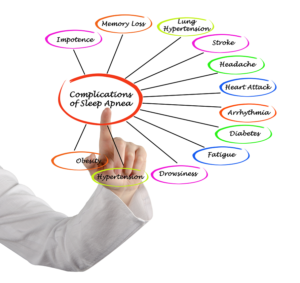
If you are struggling with any of the issues discussed in this article, contact Comprehensive Sleep Care Center for a consultation and say hello to sleep again.

